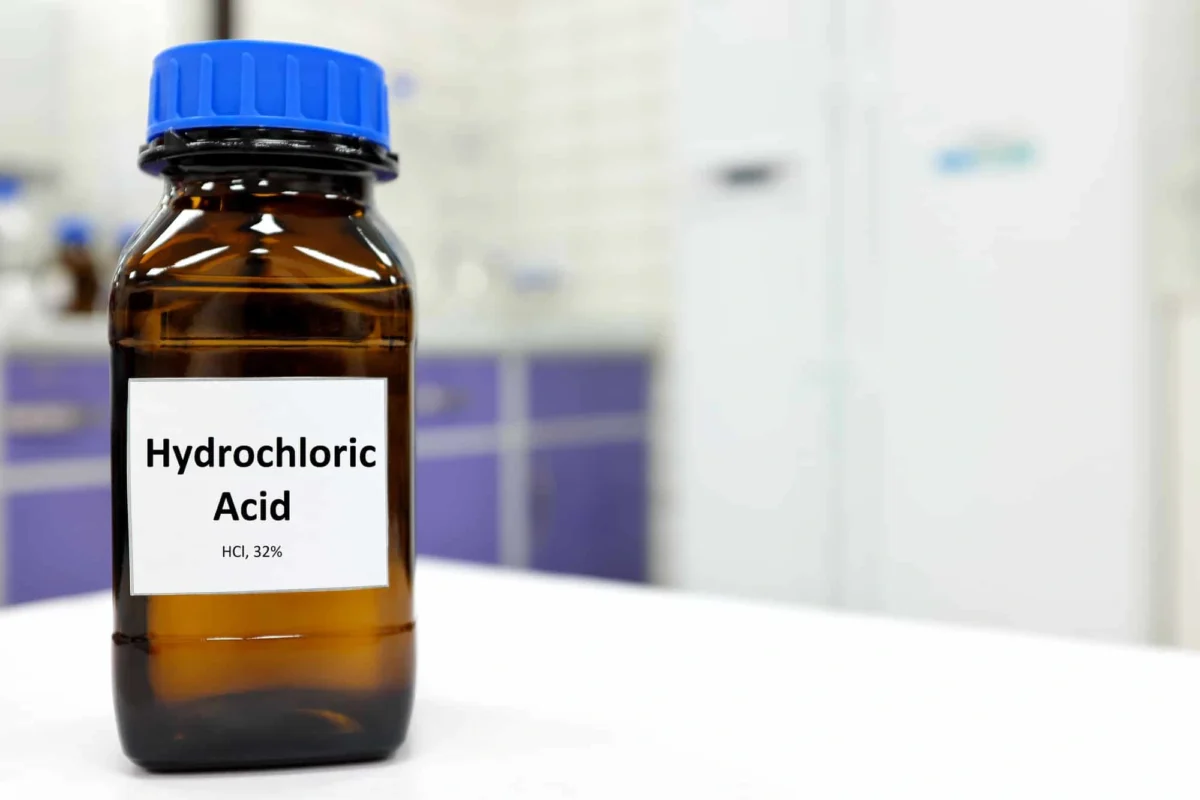Blog
What Happens When Sodium Carbonate Reacts with Hydrochloric Acid?
What Happens When Sodium Carbonate Reacts with Hydrochloric Acid? a fascinating chemical process takes place. Understanding this reaction is crucial in chemistry, as it demonstrates acid-base reactions and highlights key chemical properties. In this article, we will explore the process in detail, explaining every step and the outcome in a simple and easy-to-understand language.
Understanding Sodium Carbonate and Hydrochloric Acid
Sodium carbonate (Na₂CO₃), also known as washing soda, is a common chemical compound used in various applications such as cleaning, glassmaking, and even in pools. It is a basic compound that reacts easily with acids. On the other hand, hydrochloric acid (HCl) is a strong and highly corrosive acid found in the stomach as well as in laboratories.
Sodium Carbonate Hydrochloric Acid: Reaction and Uses
The Reaction Between Sodium Carbonate and Hydrochloric Acid
When sodium carbonate reacts with hydrochloric acid, the chemical reaction can be represented by the following equation:
Na₂CO₃ + 2HCl → 2NaCl + H₂O + CO₂
Explanation of the Chemical Equation
- Na₂CO₃ represents sodium carbonate.
- HCl stands for hydrochloric acid.
- The products of this reaction are sodium chloride (NaCl), water (H₂O), and carbon dioxide (CO₂) gas.
What Happens During the Reaction?
The interaction between sodium carbonate and hydrochloric acid is a classic example of an acid-carbonate reaction. The process can be broken down into several clear steps:
- Neutralization Reaction: Sodium carbonate, being a base, reacts with hydrochloric acid, which is an acid. This neutralization leads to the formation of sodium chloride, water, and carbon dioxide.
- Release of Carbon Dioxide: As soon as the two reactants mix, bubbles of carbon dioxide start forming. The effervescence is a sign that the reaction is actively taking place.
- Formation of Salt and Water: The combination of these two compounds results in common table salt (NaCl) and water (H₂O).
Why Does This Reaction Happen?
The reaction between sodium carbonate and hydrochloric acid occurs because of the basic and acidic nature of the two substances. Sodium carbonate contains carbonate ions (CO₃²⁻) which react with the hydrogen ions (H⁺) from the acid, resulting in the formation of carbon dioxide and water. This basic principle is at the heart of many reactions involving carbonates and acids.
Real-Life Applications of This Reaction
1. In Cleaning and Household Uses
Sodium carbonate is a popular ingredient in household cleaning agents. When it reacts with hydrochloric acid in cleaning products, the resultant carbon dioxide bubbles help lift stains and dirt, making the cleaning process more effective.
2. Neutralizing Excess Acidity
In certain industries, sodium carbonate is used to neutralize acids. The reaction with hydrochloric acid in such cases helps bring down the acidity of waste products, making them safer to handle.
Safety Measures During the Reaction
When performing the reaction between sodium carbonate and hydrochloric acid, safety precautions are essential:
- Wear protective gear: This includes gloves, goggles, and a lab coat to prevent direct contact with hydrochloric acid.
- Ensure good ventilation: Since carbon dioxide is released during the reaction, it’s important to have adequate airflow in the area.
- Handle with care: Hydrochloric acid is highly corrosive, so any spillages must be cleaned immediately.
What Are the Visible Changes During the Reaction?
When sodium carbonate reacts with hydrochloric acid, you’ll observe some clear changes:
- Bubbling or Effervescence: This indicates the release of carbon dioxide gas.
- Change in Solution Clarity: As the reaction progresses, the solution may become clearer due to the neutralization process.
Significance of the Reaction
This reaction is fundamental in understanding how acids and bases interact. It forms the basis of teaching chemical reactions in school laboratories and offers insight into various industrial processes. It’s an excellent example of how different substances react to form new compounds and gases.
Book a Free Consultation Session with Our Expert!
If you want to learn more about chemical reactions like what happens when sodium carbonate reacts with hydrochloric acid, our experts are here to help! Book a free consultation session with Our Expert and deepen your understanding of essential chemical processes.
Summary
To summarize, What Happens When Sodium Carbonate Reacts with Hydrochloric Acid? a neutralization reaction takes place, leading to the formation of sodium chloride, water, and carbon dioxide gas. This reaction is not only a fundamental chemical principle but also has practical applications in various fields such as cleaning and neutralizing acids.
Follow us on Facebook!

